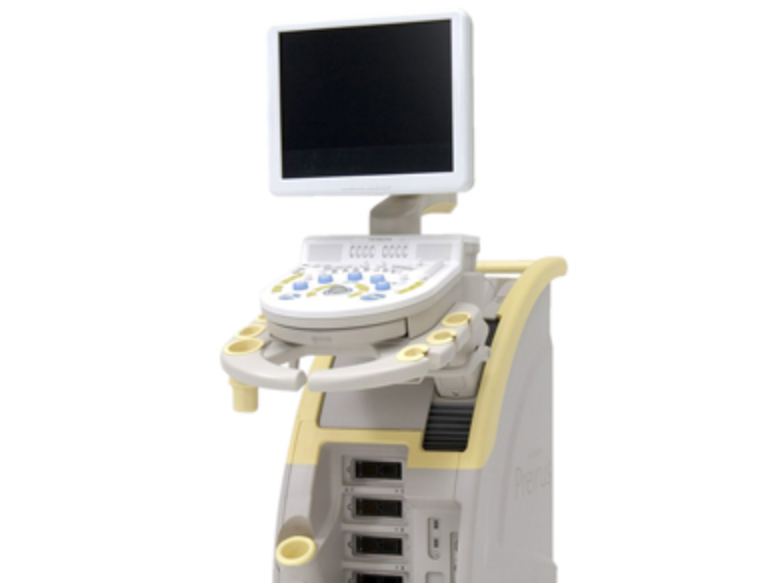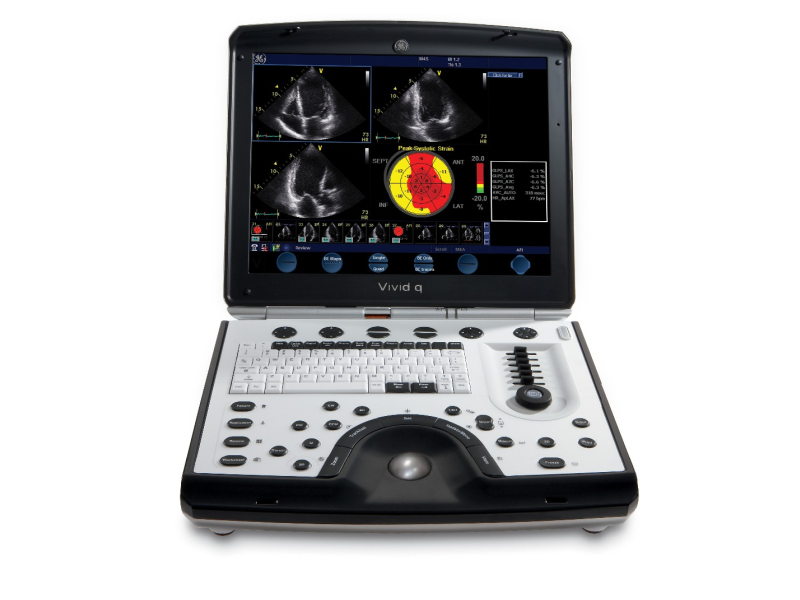ABSTRACT
BACKGROUND: Cavitary peripheral pulmonary lesions (PPLs) are often diagnosed via transthoracic needle biopsy. However, today, radial probe endobronchial ultrasound (RP-EBUS) is widely used to diagnose PPLs. The efficacy and safety of RP-EBUS-guided transbronchial lung biopsy (RP-EBUS-TBLB) used to diagnose cavitary PPLs remain poorly known. We investigated the utility of RP-EBUS-TBLB using a guide sheath (GS) without fluoroscopy to diagnose PPLs.
METHODS: Of 743 RP-EBUS procedures conducted to diagnose PPLs performed at our institution from January 2019 to October 2020, we analyzed 77 cavitary PPLs. TBLB was performed using RP-EBUS with a GS without fluoroscopy. The diagnostic accuracy and complications were assessed. All lung lesions with a definitive diagnosis were included in analyses.
RESULTS: The overall diagnostic accuracy was 85.7% (66/77). Of malignant lesions (n = 34), 29 (85.3%) were diagnosed successfully. Of benign lesions (n = 43), 37 (86.0%) were diagnosed successfully. In multivariate analyses, a thicker cavity wall (≥10 mm, odds ratio [OR] 14.22, 95% confidence interval [CI] 2.58-78.35, p = 0.002) and EBUS imaging with the probe within the lesion (OR 12.02, 95% CI 1.91-75.53, p = 0.008) independently affected diagnostic success. The likelihood of success increased with increasing thickness of the cavity wall (p < 0.001, test for trend). The specimens obtained for molecular confirmation of malignancy were satisfactory. There were four cases of infection (5.2%) and three cases of pneumothorax (3.9%).
This article was originally published here
Thorac Cancer. 2021 May 4. doi: 10.1111/1759-7714.13980. Online ahead of print.
 Hitachi Aloka HI VISION PREIRUS: Image Interference
Hitachi Aloka HI VISION PREIRUS: Image Interference
 GE VIVID I system maintainance
GE VIVID I system maintainance